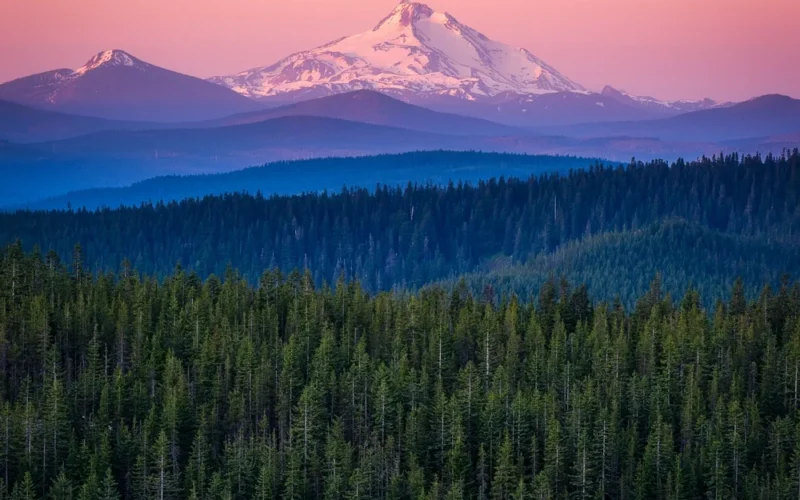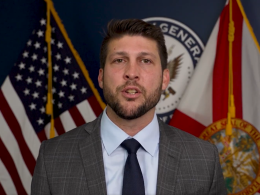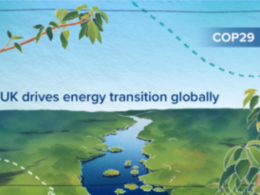Oregon is advancing its climate goals by enrolling the nearly 83,000-acre Elliott State Forest near Coos Bay into the voluntary carbon market, marking a first for state-owned land in the western United States. The Department of State Lands (DSL) signed an agreement with carbon brokerage Anew Climate to manage the project over the next 40 years, aiming to capture and store substantial amounts of carbon dioxide and generate revenue through carbon credits.
This landmark agreement will limit logging and adopt improved forest management practices, allowing the Elliott State Forest to sequester hundreds of thousands of metric tons of CO₂, according to a draft analysis. This effort is expected to yield carbon credits potentially worth millions of dollars within the next decade. Although financial specifics were redacted from the final document, the agreement sets the stage for Oregon to make a significant impact in the voluntary carbon market, with carbon credit sales projected to begin once the project is fully verified by third-party auditors.
Oregon’s forest initiative is only the second in the nation, with Michigan’s state forests as the other model generating carbon credits within the American Carbon Registry, the first voluntary greenhouse gas registry globally. Under Oregon’s plan, the forest’s carbon sequestration will not only contribute to the state’s climate goals but also generate income for Oregon through the sale of credits to companies seeking to offset their emissions voluntarily.
The State Land Board, which includes Governor Tina Kotek, Secretary of State LaVonne Griffin-Valade, and Treasurer Tobias Read, recently approved the management plan for the Elliott State Forest, placing emphasis on research, wildlife protection, carbon storage, and carbon credit sales. In a statement, Governor Kotek stressed the importance of bold actions to meet climate objectives: “Enrolling the Elliott State Research Forest in the carbon market will help meet our state’s climate goals and respond to a future of increasing uncertainty.”
The next stages involve inventorying the forest’s carbon stores and estimating additional sequestration compared to previous logging practices. Once verified, carbon credits will be awarded and made available for purchase on the voluntary market, with companies not subject to regulatory caps purchasing credits to showcase environmental responsibility. The initial carbon analysis suggests that the Elliott Forest could capture up to 435,000 additional metric tons of CO₂ over 40 years—equivalent to removing roughly 100,000 gas-powered cars from the road for a year.
Logging in the Elliott State Forest will continue in designated areas, albeit at a significantly reduced rate compared to past decades. Previously, the forest was heavily logged to fund Oregon schools, with timber harvests reaching up to 40 million board feet annually in the early 2000s. Logging for educational revenue ended in 2016, and the Elliott was designated a research forest in 2022, making it one of the largest research forests in the United States.
While the project represents an innovative use of state land to address climate change, the voluntary carbon market itself faces criticism over limited regulation and concerns about its effectiveness. Critics argue that without strict oversight, voluntary credits may offer only a temporary solution for carbon reduction. Additionally, they highlight the risk that once the contract period concludes, the forest could be logged, potentially undoing stored carbon benefits. Others warn that carbon credits may delay the essential transition away from fossil fuels by allowing companies to offset emissions without making systemic reductions.
Despite these concerns, Oregon’s move with the Elliott State Forest is seen as a pivotal example of utilising state resources for environmental and economic benefits, with final project steps expected to be in place by next year, following federal review of the forest’s habitat conservation plan.




















